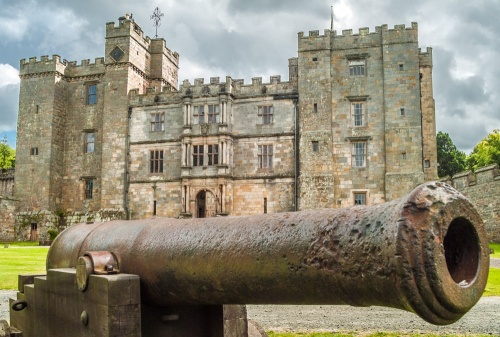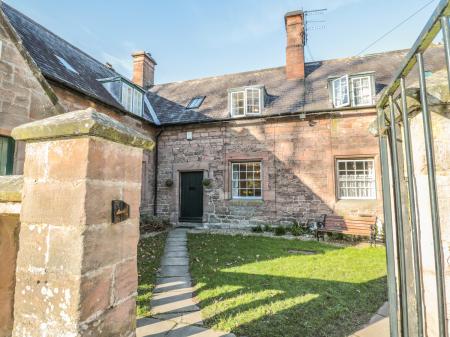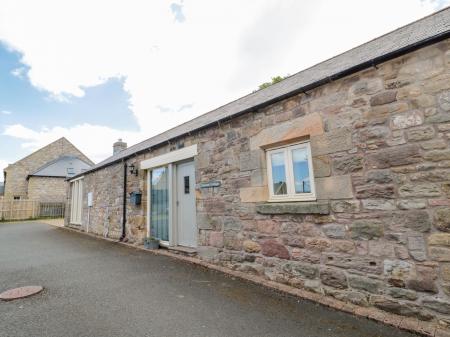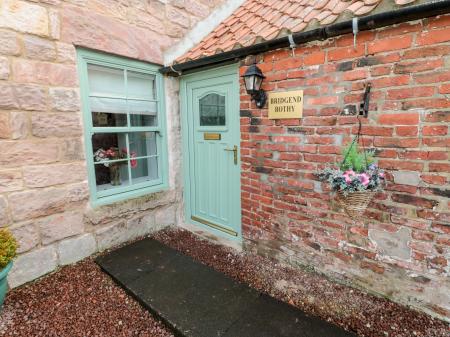
Visit Edward I's room, named for the visit of Edward in 1298, on his way north to battle William Wallace. There are magnificent staterooms decorated in Elizabethan fashion, while a stark reminder of the castle's past is provided by the dungeons and chilling torture chambers.
The castle has changed very little architecturally since the 13th century, barring the addition of Tudor galleries, which were constructed for the visit of James VI of Scotland, on his way to his coronation as James I of England in 1604. The castle is set in superb 18th-century parkland created by Capability Brown, with later additions by Sir Jeffry Wyattville, designer of the gardens at Windsor Castle.

Haunted Chillingham
The castle is justifiably famous as one of the most haunted buildings in England. Faint voices can be heard in the chapel, and a lady in white visits the Inner Pantry. Visitors frequently report strange or unusual experiences, such as sensing a presence where no living person can be seen.

Chillingham White Deer
A unique herd of wild white deer roam Chillingham Park. These are, it is believed, the only truly wild cattle anywhere in the world. The Chillingham herd, numbering about 80-90 animals, is the last surviving remnant of the wild cattle that once roamed Britain, and it is thought they have been resident at Chillingham since the 14th century.
Chillingham was voted the finest castle in Europe by The Independent newspaper.









 We've 'tagged' this attraction information to help you find related historic attractions and learn more about major time periods mentioned.
We've 'tagged' this attraction information to help you find related historic attractions and learn more about major time periods mentioned.


